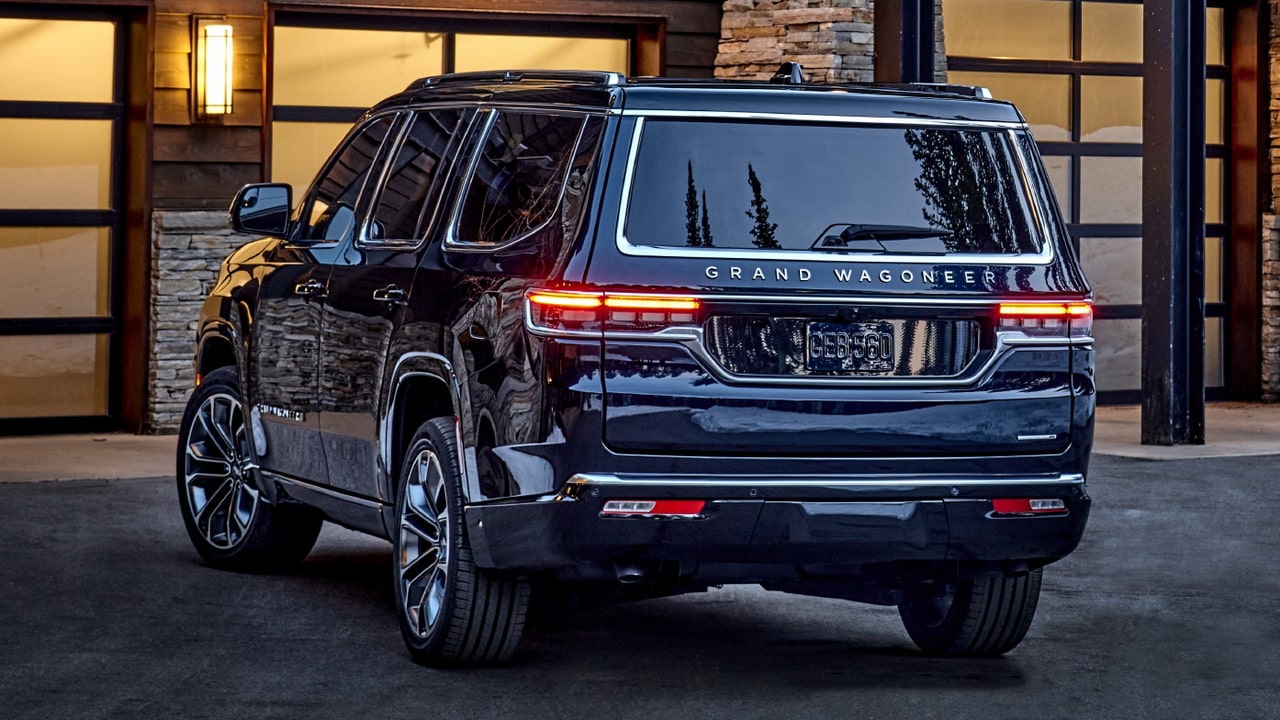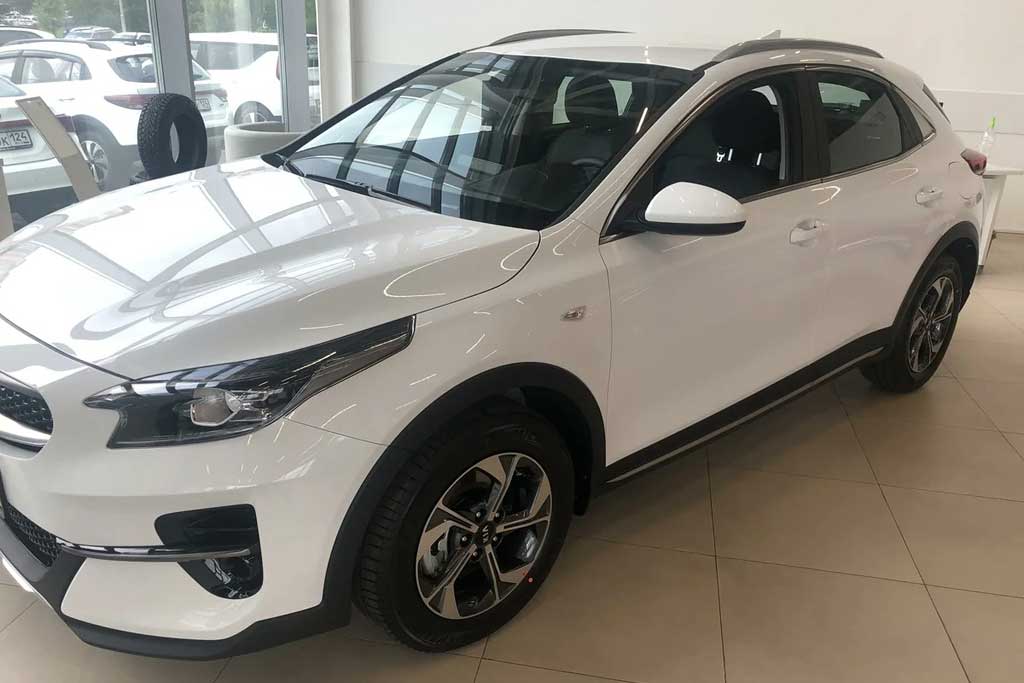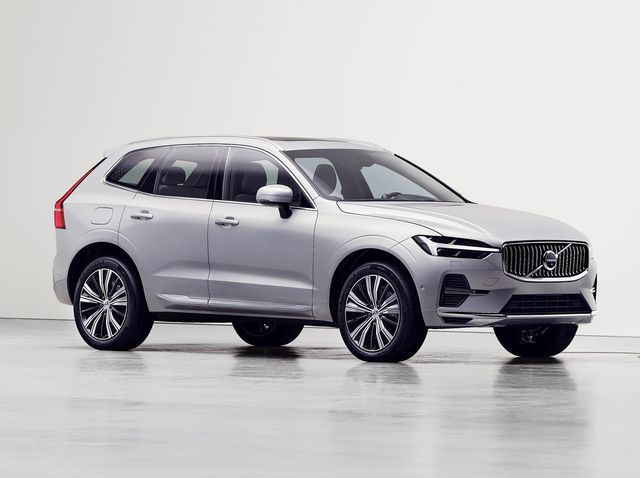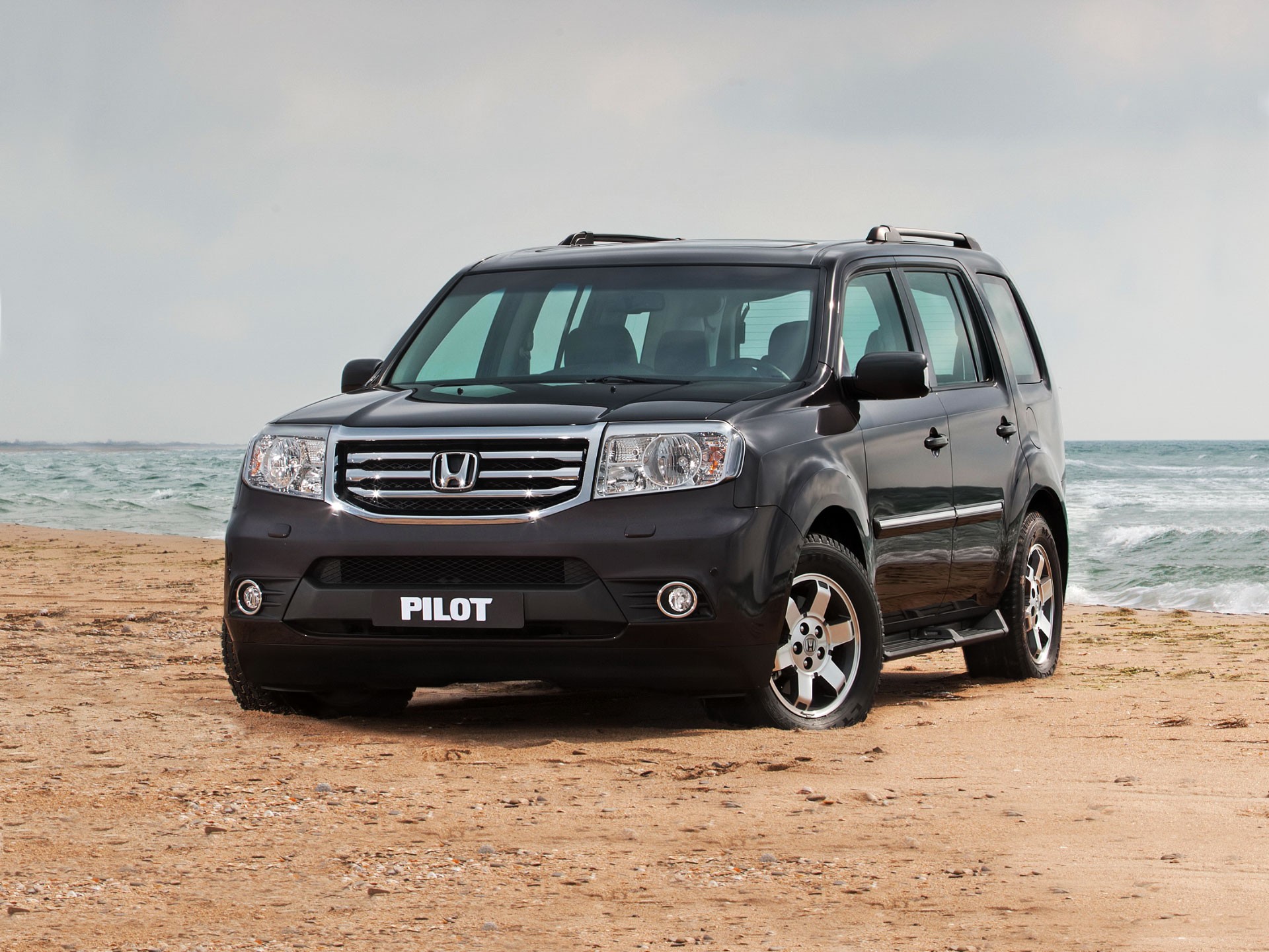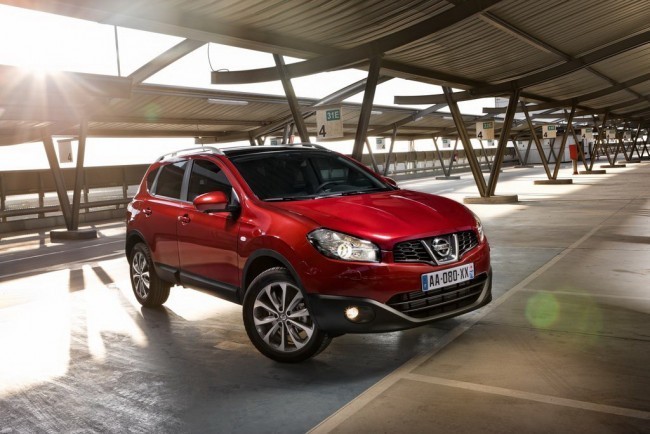- Дизельный Porsche борозды не портит? Тест-драйв подержанного Cayenne
- Used Porsche Cayenne 2018-present review
- Porsche Cayenne Platinum Edition Diesel 5dr Tiptronic S
- Porsche Cayenne 5dr Tiptronic S
- What’s the used Porsche Cayenne estate like?
- What Car? has a buying service
- Used car buying guide: Porsche Cayenne
- Related articles
- Latest Drives
- BMW X4 M Competition 2021 review
- BMW M3 xDrive 2021 review
- Renault Zoe Van R110 Business+ 2021 UK review
- Porsche 911 GTS 2021 UK review
- Mazda 2 GT Sport Tech 115PS 2021 UK review
- Read our review
- Porsche Cayenne
Дизельный Porsche борозды не портит? Тест-драйв подержанного Cayenne
Фото Ольги-Анны Канашиц
Фото Ольги-Анны Канашиц
Сейчас уже два года как продается третье поколение, можно сказать, легендарного кроссовера Cayenne. Но мы взяли на тест подержанный автомобиль 2014 года выпуска с дизельным мотором. Зачем?
Дорогие автомобили сильно теряют в цене, когда выезжают из салона. Чем больше стоимость, тем больше потерь. Поэтому и взяли подержанный, ведь это актуально. Можно сэкономить приличную сумму, просто купив кроссовер «слегка б/у». Главное – купить не в «убитом» состоянии, потому что машина технически сложная. Ну, и не угнанный с перебитыми «номерами», само собой разумеется. Поэтому берем «бэушечку» и едем на тест.
Второе поколение, рестайлинг, 2014-й год выпуска до сих пор выглядит стильно, дорого и современно. Еще и цвет то ли вишневый, то ли темно-бордовый, а в темноте и вовсе кажется черным. Cayenne есть Cayenne. Вроде создан на основе Touareg, но стиля, крутости и секса в нем намного больше, согласитесь.
А еще спортивности, если так можно выразиться. Прямо перед глазами водителя по центру приборной панели – тахометр. На черта он там нужен, когда машина дизельная и на «автомате», непонятно. Но это маленький штришок, который заявляет о том, что вы не просто в кроссовере. А в кроссовере от Porsche.
Слева на приборке есть указатель давления и температуры масла – где вы такое еще видели? Причем обычные аналоговые стрелки, а не новомодные виртуальные. Ключ – слева от руля, потому что раньше в гонках надо было бежать к машине и быстро, запрыгивать в авто, чтобы быстрее завести. Причем обычный ключ, пусть и электронный, а не новомодная кнопка. Про лепестки и не говорим – это само собой разумеется. А еще руль в рестайлинге, точь-в-точь как у суперкара Porsche 918 Spyder. Спорт!
А едет как. Вы знаете, лучшее, что есть в этом автомобиле, – это сочетание 3-литрового турбодизеля и 8-диапазонного «автомата». Причем последний гидромеханический, «робот» PDK сюда не ставили специально, ведь это кроссовер, которому и по бездорожью иногда надо ездить, и прицепы тягать. Редко, конечно. Но это ему надо уметь.
Несмотря на отсутствие PDK, работает все это очень быстро и спортивно. Нажал на педаль «газа» – «автомат» тут же скидывает 2,3 или 4 передачи вниз и тебя вжимает в спинку. 245 л.с. мощности и 550 Нм крутящего момента делают свое дело: разгон – за 7,3 секунды до «сотни», что неплохо для двухтонного кроссовера. Расход по паспорту получается 6,2 л на 100 км по трассе, 7,8 л – в городе. В режиме тест-драйва получилось около 10 литров. В общем, и быстро, и экономично. В самый раз.
Еще одна интересная особенность дизельной 3-литровой версии – полный привод здесь постоянный, без муфты, как в более дорогих версиях. В наличии есть и блокировка центрального дифференциала. Понижающего ряда в трансмиссии, как раньше в первом поколении кроссовера, уже нет, но передачи у «автомата» «нарезаны» коротко, поэтому теоретически с проходимостью все неплохо. Но на таких машинах в джип-триалах никто не участвует. Максимум – небольшое бездорожье возле загородного дома владельца.
Само собой, и с управляемостью все отлично, учитывая, что это высокий кроссовер. Подвеска здесь стандартная, пружинная, но жесткость амортизаторов настраивается. Цепкость феноменальная. Машина в повороте словно зубами вгрызается в асфальт, а когда доходит до предела, соскальзывает с траектории задними колесами. Руль на парковках одним пальчиком не особенно покрутишь, он по-спортивному «тяжеловат», но на скорости это дает весьма неплохую обратную связь. В общем, все, что касается динамики, у этого автомобиля очень хорошо.
Подвеска чувствуется, что немного зажата, но это не доставляет дискомфорта. Она собранная, она упругая, но не зубодробительно жесткая. С комфортом в целом все в порядке. Едешь на машине и отдыхаешь, если никуда не спешишь.
Но на трассе в стойках отлично слышен шум ветра. Вначале показалось, что дело просто в том, что погода стояла ветреная. Не может же дорогущий Porsche быть шумным! Но в «директ» нашего Instagram откликнулся подписчик и сказал, что владел такой же машиной. В ней ему нравилось все, кроме шумоизоляции. Нет, это далеко не «бюджетник», но идеальной тишины в этом автомобиле почему-то нет. Мотор чуть громковат, но звучит хорошо, даже на дизель не похож. Такой вполне себе спортивный звук мотора. Наверное, так и должно быть в авто со спортивным характером.
В салоне все полностью в кнопках. Они везде, их много, они физические, а не сенсорные. Причем это еще и не самая дорогая комплектация. Кнопок может еще больше. А знаете, очень даже удобно. Но главное не в кнопках. Главное – в ощущении действительно дорогого салона. Качественные материалы отделки, стильный дизайн и подборка цветов. Комплектация не самая «навороченная», но и в ней есть все, что только можно себе пожелать: навигация, громкая связь, дожимы дверей, музыка Bose, датчики всего и вся, круиз-контроль и многое другое. Хотя вентиляции кресел, например, нет. Есть только подогрев передних и задних сидений.
В салоне чувствуются некоторые архаичные моменты. Например, экранчик не самый большой, а привычных USB-портов нет, есть только прикуриватели. Но их штук пять в салоне, все ими утыкано. Пепельницы давно исчезли из современных авто, но тут они есть и аж три штуки. Впрочем, что-то и в этой архаичности есть. Она такая, премиальная.
Вот что действительно странно – места для телефона нигде нет, есть только два небольших подстаканника. В пепельницу телефон что ли кидать?
Сзади все стандартно: приличный запас пространства по всем направлениям, подлокотник с подстаканниками, дефлекторы обдува, подогревы, пепельницы и два прикуривателя.
Из интересного: подлокотник можно сложить полностью, чтобы удобно возить длинномеры. Не забываем, что пусть это и Porsche, но практичный Porsche. На котором можно и погонять, и стройматериалы для дома перевезти. Или всю семью в путешествие.
Багажник открывается с помощью электропривода, объем – 670 литров в обычном состоянии, 1.780 – в разложенном. Задний ряд раскладывается не в ровный пол, тем не менее места немало.
В общем, в сухом остатке имеем стильный дорогой автомобиль с мощным дизельным мотором, прекрасно настроенным «автоматом» и небольшим расходом топлива. Больше всего в нем нравятся спортивные намеки, отражающие характер Porsche: ключ слева, руль от суперкара, тахометр посередине приборной панели. Эти мелочи и создают особую атмосферу легендарной немецкой марки в семейном кроссовере. Что не создает – недостаточная для премиального автомобиля шумоизоляция. Нет, в машине не громко, но хотелось бы чуть-чуть тише. В остальном же Cayenne есть Cayenne. Что тут еще добавить?
Источник
Used Porsche Cayenne 2018-present review
Section: What is it like?
Porsche Cayenne Platinum Edition Diesel 5dr Tiptronic S
Porsche Cayenne 5dr Tiptronic S
What’s the used Porsche Cayenne estate like?
Way back in 2003 the very first Porsche Cayenne, a plug-ugly two-tonne SUV from the makers of some of the world’s finest and most desirable sports cars, caused quite a stir. Those who hated its looks were almost as prevalent as those who rushed to the showrooms to buy one. It sold in large numbers, and rapidly became Porsche’s biggest seller, as did its replacement, the second-generation version, launched in 2010.
Not surprisingly, Porsche didn’t muck around with the formula when it launched this third generation version, despite which it boasts new engines, a whole new chassis and a totally overhauled interior. Utilising a Volkswagen group platform, shared with such other notable SUVs as the Audi Q7, the Audi Q8 and the Bentley Bentayga, the latest Cayenne also uses aluminium in much of its structure, to keep the weight down.
What Car? has a buying service
On the road, that weight reduction means excellent performance. The 3.0 V6 is the slowest, and even that can see off the 0 to 62mph dash in under 6 seconds. The 2.9 S is faster still and can hit 164mph in top speed, while the bonkers Turbo model can see off 0 to 62mph in a supercar-fast 4.1 seconds and go on to 177mph.
Approach a corner and you’ll find that the Cayenne corners very nicely, thank you very much, despite its size. It’s even better on the optional air suspension, which tightens everything up. Grip levels are high, and body lean is low. It rides pretty well, too. The standard Cayenne, E-Hybrid and S models come with steel springs as standard. It’s a softer set-up than what you might expect, but that, unfortunately, doesn’t stop the car from thumping over potholes and expansion joints. We wouldn’t go as far as to say it is uncomfortable, but it lacks the compliance you expect from a large SUV. Therefore, we’d recommend you look for a car equipped with the optional air suspension (it’s standard on the range-topping Turbo model). In Comfort mode, the ride remains relatively firm, but it never crashes or bangs like the standard steel set-up. In fact, you hear the impacts more than you feel them – a common trait of air suspension.
Inside, all is leathery plushness, and the driving position is excellent, with plenty of electrical adjustment. Visibility is good, and a rear-view camera is standard. The fit and finish are both excellent, too, and all the major controls, including temperature and fan, are easy to find. Some of the minor controls are a little trickier as they are icons on a touch-sensitive panel. They are responsive enough, but you can’t feel your way around, so you have to look down from the road more than is ideal. All Cayennes get a giant 12.3in touchscreen in the centre of the dashboard. It has sharp graphics, is responsive to touches and swipes, and rarely has any lag unless you’re zooming in and out of maps quickly. Most icons are a decent size, although some of the menus are a little small.
Источник
Used car buying guide: Porsche Cayenne

You might very well turn your nose up at the prospect of a high-riding, diesel-drinking Porsche, but you might just lower it again when you hear that such a vehicle could cost as little as £13,500, crack nearly 40mpg on a long jaunt and provide a more than agreeably luxurious driving environment.
The second-generation (958) Cayenne – lighter, less offensively styled and more efficient than the original – is what you might call a lot of car for the money these days, particularly in its earlier forms.
Related articles
That £13,500 would buy you a 2010 model with the Volkswagen Group’s 3.0-litre diesel V6, packing 245bhp and 406lb ft for a 0-62mph time of 7.6sec and a top speed of 136mph – hardly figures that would worry the Carrera GT with which it shares some facial features but more than enough to instil confidence in the left-hand lane of an autobahn.
Performance aside, you might consider the acres of tan leather, the Bose sound system and the dual-zone climate control fitted to this particular example as an incentive to take the plunge into cheap Porsche ownership, and there’s the added bonus that the Cayenne’s relatively staid underpinnings will remain a mystery to all but the keenest-eared.
And the fun doesn’t stop there: this is by far the most dynamically engaging diesel-powered SUV you will find for the money. If you’re feeling particularly flush, there was the much spicier Diesel S with a 4.1-litre V8 that boosted output by 145bhp yet managed to almost replicate the entry-level oil-burner’s impressive frugality.
Of course, diesel is hardly the universal fuel of choice that it used to be in this segment (it accounted for 80% of Cayenne Mk2 sales but is no longer even an option on the current Mk3 any more), so let’s consider some of the other powerplants on offer.
Latest Drives
BMW X4 M Competition 2021 review
BMW M3 xDrive 2021 review
Renault Zoe Van R110 Business+ 2021 UK review
Porsche 911 GTS 2021 UK review
Mazda 2 GT Sport Tech 115PS 2021 UK review
Read our review
Porsche Cayenne
The need for a hot SUV to stand out has never been greater. Is the new Cayenne Turbo up to it, or does Land Rover’s SVR division have the edge?
The most exciting is the top-rung twin-turbocharged 4.8-litre petrol V8 that endowed the Cayenne with up to 562bhp and 590lb ft in hot Turbo S form and won acclaim for injecting ludicrous performance into the bargain without notably diminishing daily refinement.
You will have to make a good deal more fuel stops, of course, but then you can make up for lost time with a 0-62mph time of 4.0sec and a top speed of 176mph.
There’s also a hybrid powertrain for the more economically minded to consider. Pre-2014 examples pair a supercharged petrol V6 with a 46bhp electric motor for electric-only running at speeds of up to 37mph, but with economy figures not dissimilar to the generally cheaper diesel, it’s not our pick of the range.
The plug-in hybrid powertrain ushered in with the 2014 facelift brought welcome usability and performance enhancements, boosting EV range from a paltry 1.6 miles to a decent 22 and official CO2 emissions dropping from 193g/km to 79g/km – which reduced the VED rate from £295 per year to nothing.
How to get one in your garage
An owner’s view
Paul Franklin: “I first bought a Cayenne in 2010 – a 55-plate 3.2-litre petrol – but upgraded to a 2015 model in 2019, mainly because the emissions laws in my area meant I needed a Euro 6 diesel, as there weren’t many petrol models available. Although the power is similar between the two, I do prefer the petrol, but the diesel is great for our trips to Devon and Cornwall.”
Buyer beware.
■ Engine: The epoxy coolant tube sealant can degrade on V8 petrols, potentially causing overheating, so take a long test drive and check for moisture. Oil leaks are a common issue, particularly on diesels, and in the worst-case scenario necessitate resealing of the engine block – astoundingly expensive (£10,000) out of warranty. Changes to the diesel engine in 2013 made it noticeably quieter and smoother.
■ Bodywork: The headlights mist up in wet weather, but this is more a design quirk than a fault. If they’re becoming excessively cloudy or failing to clear after a couple of hours, the vent tubes at the rear of the cluster may need clearing. Cheaper models sit on conspicuously basic-looking 18in wheels, but you can pick up a set of Turbo or GTS-spec 20in or 21in items for less than £1000.
■ Gearbox: Most cars will never have been driven off road, which is good, but check for symptoms of worn gearbox control valves: hesitation before shifting and a harsh jolt into gear. Porsche never offered a PDK ’box and all 2014-on cars have an eight-speed tiptronic. Manual ’boxes are like gold dust.
■ Suspension and brakes: Carbon-ceramic brakes are desirable because they last longer than the standard items, don’t shed brake dust all over the wheels and considerably improve stopping performance. Just be ready for a huge bill when they need refreshing. As for suspension, seek out Dynamic Chassis Control (PDCC) or Active Suspension Management (PASM) if you’re a keen canyon-carver.
Источник















































